By Mason B. Webb
For 82 days in the spring of 1945, a ferocious battle raged on a Pacific island called Okinawa—an island considered crucial for the planned invasion of the Japanese Home Islands. It was an operation that eclipsed in size the D-Day landings in Normandy. When it was over, more than 250,000 people were dead, including 150,000 civilians—many of whom committed suicide rather than be taken alive by Marines whom the Japanese had propagandized as “rapists and sadistic killers.”
Whole towns and forested hillsides were turned into wastelands by the tremendous aerial bombing and naval and artillery fire. Booby traps lay everywhere, ready to kill and maim the unwary, the souvenir-hunting soldier or the curious child.
The United States alone had nearly 5,000 men killed at Okinawa. Thirty-six U.S. Navy ships were sunk, mostly by kamikaze suicide pilots, and 368 other ships were damaged; it was the largest loss of ships in a single battle in the Navy’s history.
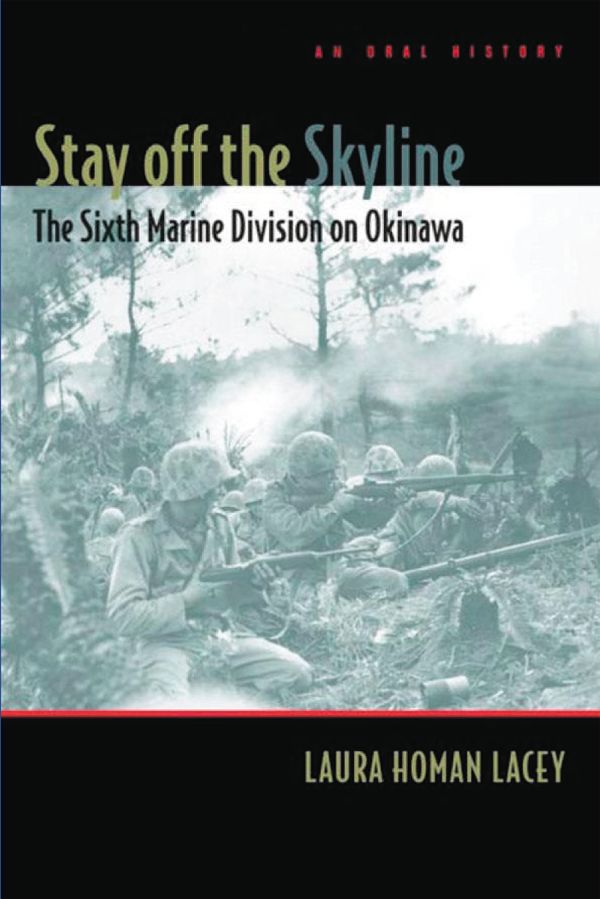 For the men who survived the ordeal, it was a time in hell that not even six decades has erased from their memories.
For the men who survived the ordeal, it was a time in hell that not even six decades has erased from their memories.
Using oral histories gathered in interviews with 40 Marine Corps veterans, Laura Homan Lacey has produced Stay Off The Skyline: The Sixth Marine Division On Okinawa (Potomac Books, Washington, D.C., 2005, 243 pp., photographs, maps, index, bibliography, $27.50, hardcover), a highly personal history of men at war in the Pacific campaign’s largest—and last—land battle. Some historians say that President Harry S. Truman’s decision to drop the atomic bombs on Japan came partly as a result of learning of the stiff enemy resistance and unimaginable carnage on Okinawa.
Landing on the western coast of Okinawa near Katena on April 1, were more than 182,000 Marines and soldiers; many more would follow. Although the landings were unopposed, the land battle that followed was a brutal slugfest from start to finish as the invaders fought defenders in thousands of pillboxes, caves, and fighting holes during the push to both ends of the long, thin island. Of more than 100,000 Japanese combatants on the island, fewer than 10,000 survived.
The Americans grudgingly admired the Japanese soldiers’ fighting spirit. As one veteran says of the enemy, “They were fearless. They were clever and devious. They used the spider hole to their advantage behind our lines. They used the trees. They were excellent at night. They fought mostly at night. Their equipment didn’t match ours, but they still shot between the eyes. But, above all, was their devotion, their tenacity, to their cause, and they just didn’t give up.”
Lacey, the official historian of the 6th Marine Division—a unit assembled mostly from battle-hardened veterans of other divisions—has organized her material by introducing the reader to the men, some just under-aged teens, anxious to join the Corps and get into the fight. The narration and interviews carry us through the trials and tribulations of boot camp, combat training, and into the crucible of combat itself, ending with an epilogue that shows the physical and emotional scars the survivors still carry with them.
Not merely a recitation of deeds gone by, the book explores the psychological aspects of what combat, the rush of coming inches away from death, does to people. Lacey writes, “War is a spectacle. Combat is so pivotal that most men believe it shapes their lives, and it becomes the event they refer to most in conversation…. ‘Despite the horror, the weariness, the grime, and the hatred, participation with others in the chance of battle had its unforgettable side, which they would not have wanted to miss.’”
Stay Off The Skyline is an important, thoughtful book for anyone who wants to know more about this often overlooked battle and the effects it had on those who fought it. It is a book that should not be missed.
Hitler’s Raid To Save Mussolini: The Most Infamous Commando Operation Of World War II by Greg Annussek, Da Capo Press, New York, 2005, 325 pp., photographs, maps, bibliography, index, $26.00, hardcover.
As the Allied invasion of Sicily threatened to leap onto the peninsula of Italy during the summer of 1943, Benito Mussolini, the Italian dictator and father of Fascism, was ousted by his king and imprisoned by his war-weary countrymen.
First taken under arrest to an island and then locked up in a hotel at a remote ski resort high in the mountainous Abruzzi region east of Rome, the prisoner Mussolini’s fate seemed sealed; either the partisans would kill him or he would be turned over to the Allies who would put him on trial. Neither prospect was an appealing outcome for Mussolini’s protégé, Adolf Hitler.
Although the German führer had grown to disdain Il Duce’s lack of resolve for total war and his reluctance to follow orders and round up Italian Jews for transport to the Nazi death camps, he nevertheless came to Mussolini’s aid with one of the most dramatic rescues of all time.
Digging deeply into long-forgotten archives, Greg Annussek has written a masterful, fast-paced account of Operation Oak, Otto Skorzeny’s bold, glider-borne assault onto the barren summit of the Gran Sasso d’Italia to snatch Mussolini from his captors, whisk him off to Germany where he would be Hitler’s puppet and, it was hoped, a sort of Duce-in-exile, keeping Italy in the war on the Axis side.
Annussek’s recounting of the raid itself, using the recollections of the major players—Mussolini, Skorzeny, General Kurt Student, and others—is heart pounding. As the gliders land on the hotel’s grounds, the author writes, “Mussolini was looking down on the Germans from his suite. ‘At the head of the group was Skorzeny,’ he remembered. ‘The Carabinieri had already got their guns at the ready when I noticed an Italian officer among Skorzeny’s group whom, on approaching nearer, I recognized as General Soleti, of the Metropolitan Police Corps.’ He began shouting, ‘Can’t you see? There is an Italian general there! Don’t fire! Everything is all right!’
“Skorzeny could hardly believe it. The man that he had been chasing for weeks was alive and tantalizingly close to being in his grasp. All the same, he believed that Mussolini would be safer out of the line of fire. ‘Duce, get away from the window!’ Skorzeny shouted.”
Hitler’s Raid to Save Mussolini is filled with the type
of page-turning drama and intrigue usually found in only the best spy novels. Yet, as improbable as the plot seems, it is all true, and a “must-read” for anyone wanting the details about the bravado and opera buffo shenanigans behind Mussolini’s rescue.
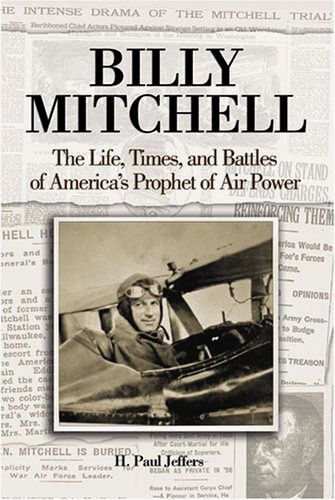 Billy Mitchell: The Life, Times, and Battles of America’s Prophet of Air Power by H. Paul Jeffers, Zenith Press, St. Paul, MN, 2005, 288 pp., photographs, index, bibliography, $24.95, hardcover.
Billy Mitchell: The Life, Times, and Battles of America’s Prophet of Air Power by H. Paul Jeffers, Zenith Press, St. Paul, MN, 2005, 288 pp., photographs, index, bibliography, $24.95, hardcover.
In 1905, only two years after the Wright Brothers got their primitive flying machine off the ground, a young Army officer by the name of William Mitchell published a shocking, heretical article in Cavalry Journal. It predicted future wars would be waged “in the air, on the surface of the earth, and under the earth and water.”
As if to underscore his belief in the future and in the importance of military aviation, Billy Mitchell learned to fly, and soon become an expert pilot. In 1917, after a transfer to the aviation section of the Signal Corps, he was appointed the air officer of the American Expeditionary Force (AEF) and sent to France as an observer. Once American troops were committed to the continent, Colonel Mitchell became the first American officer to fly over enemy lines. He subsequently led a massive bombing raid of 1,500 planes against enemy positions.
His experiences in the air reinforced his earlier stance that the paradigm had shifted and that the old ways of warfare were as outmoded as horse-mounted cavalry charges. It was the airplane that would dictate the course of future wars, and Mitchell set out to convince the War Department that he was right, regardless of the personal consequences or whose toes he stepped on.
In the early 1920s, for example, he angered the Navy when he claimed that the aerial bomber had made the battleship obsolete—then proved his thesis by conducting a series of tests and sinking captured German dreadnoughts as though they were bathtub toys. Flying mock bombing raids over New York City with massed formations of aircraft, Mitchell also made the point that American cities were vulnerable to attacks from the air—a point the distressed generals and admirals in the War Department sought to dismiss as science fiction.
As might be expected, Mitchell’s hardheaded stubbornness earned him as many enemies as followers within the military establishment, and in 1925 he was court-martialed for insubordination. His sensational public trial was avidly followed in the press by the American public.
Found guilty, Mitchell chose to resign his commission rather than serve his sentence—a five-year suspension from active duty without pay. He continued in civilian life to champion the cause of air power—and even presciently warned that Japan would one day launch a surprise attack on U.S. military facilities at Pearl Harbor.
Jeffers’ account of Billy Mitchell’s life is a story of unflinching honor and the courage to risk everything for one’s deeply held beliefs. Few books have told that story as well as this one.
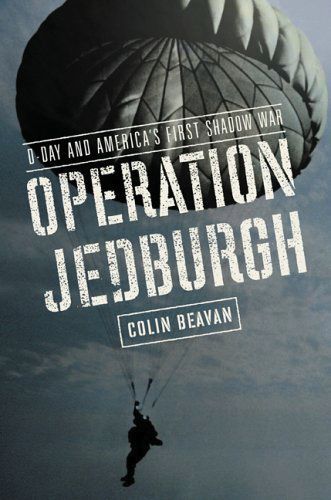 Operation Jedburgh: D-Day and America’s First Shadow War by Colin Beavan, Viking Press, New York, 2006, 400 pp., maps, photographs, index, bibliography, $27.95, softcover.
Operation Jedburgh: D-Day and America’s First Shadow War by Colin Beavan, Viking Press, New York, 2006, 400 pp., maps, photographs, index, bibliography, $27.95, softcover.
The Jedburghs: France, 1944, and the Secret Untold History of the First Special Forces by Will Irwin, PublicAffairs/ Perseus, New York, 2005, 328 pp., photographs, maps, index, bibliography, $24.95, hardcover.
One of the peculiarities of the publishing world is that, despite the thousands of authors working independently, and the millions of available topics, two books on the same, relatively obscure topic are sometimes published at approximately the same time.
Such is the case with two recent books about the Allies’ first Special Forces unit—organized by the OSS, recruited from the ranks of American, British, and Free French units, and known by the code name “Jedburghs.”
Relentlessly trained in hand-to-hand combat skills, the use of Allied and enemy weapons, explosives, communications gear, and the French language, the Jedburghs were the elite of the elite. Their shadowy existence was expected to be brief—casualty rates of up to 75 percent were expected. There was no sugar coating the danger; any of these clandestine warriors who might be captured would likely be tortured to extract information and then executed by the Nazis.
The recruits came from all over—Great Britain, America, France, and New Zealand, among others. Many adventure seeking men whose names would become public in the decades after the war—men such as Stewart Alsop, William Colby, and John Singlaub—were included in their ranks.
Parachuted in three-man teams behind German lines in France months before Operation Overlord, the “Jeds” engaged in secretive, brutal warfare on a small scale. The Jeds also trained guerrilla fighters, supported the French Resistance in their attacks, disrupted enemy supply lines, radioed intelligence back to England, and harassed and obstructed the movement of German units bound for the D-Day invasion areas. Jeds also helped soften the way for the liberation of Paris.
Backed by archival documents, diaries, correspondence, and personal interviews with Jed veterans and family members, the authors of the two books recount the vital role played by this small band of heroes in the struggle to liberate Europe.
Both books are excellent, fast-paced, highly readable works that cover the same ground but in different styles. Both are highly recommended and tell as interesting a story about heroism in wartime as one is likely to find.
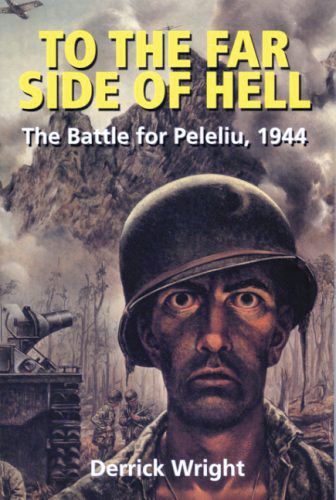 To the Far Side of Hell: The Battle for Peleliu, 1944 by Derrick Wright, University of Alabama Press, Tuscaloosa, AL, 2005, 176 pp., photographs, illustrations, maps, index, bibliography, $19.95, softcover (reprint).
To the Far Side of Hell: The Battle for Peleliu, 1944 by Derrick Wright, University of Alabama Press, Tuscaloosa, AL, 2005, 176 pp., photographs, illustrations, maps, index, bibliography, $19.95, softcover (reprint).
Derrick Wright has followed up his books on Tarawa and Iwo Jima with an unforgettable account of the bloody, protracted and, in the estimation of many, unnecessary battle for Peleliu and neighboring Angaur, two well defended islands in the Palau chain. But battles, even unnecessary ones, often have a life and momentum of their own which commanders are powerless to control or curtail.
On September 15, 1944, the Marine 1st and the Army 81st divisions stormed ashore in what they had been told would be an easy operation but which turned out to be anything but. The water off the anticipated landing beaches was studded with underwater demolitions, and the beaches and inland areas, instead of being guarded by small but deadly anti-personnel mines, were thickly sown with large and even more deadly aerial bombs rigged to explode on contact. And 11,000 enemy soldiers were dug in, ready to repel the invaders or die trying.
The landing was a shambles. As the author writes, “The beach was a chaotic sight; everywhere there were burning amtracs, abandoned equipment and debris, exploding shells and mortar bombs, and the figures of dead and dying Marines…. Although he was not fully aware of it at the time, [Marine Colonel Lewis “Chesty”] Puller and his 1st Marines were in serious trouble.”
Once ashore, the Marines and soldiers found the going no easier. For over two months they labored to root out the enemy holed up in a labyrinth of caves, ridges, and gulches made of razor sharp, concrete hard coral. Often the enemy came to them in the form of suicidal, human wave attacks.
Weaving first person accounts into official operation reports, Wright paints an indelible portrait of men caught in the pitiless cauldron of combat, fighting against heat, humidity, hunger, thirst, disease, and gut wrenching fear as well as an enemy who never surrendered.
American casualties were heavy, but Japanese casualties were devastating. The enemy had all but a handful of men killed, while the Yanks suffered 1,769 dead and nearly 8,000 wounded in 71 days of fighting.
As Wright states in his concluding paragraph, the Marines and soldiers who finally took Peleliu and Angaur “displayed a level of courage and devotion to duty that transformed what could have been seen as a dubious venture into a battle that should be remembered with awe in America’s military annals.”
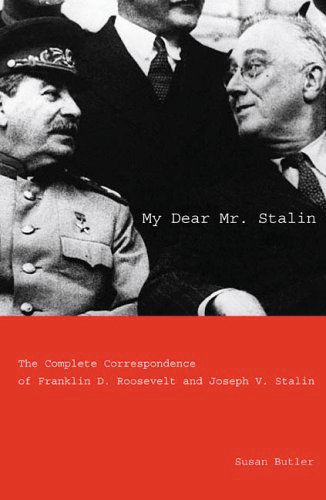 My Dear Mr. Stalin: The Complete Correspondence of Franklin D. Roosevelt and Joseph V. Stalin edited with commentary by Susan Butler, Yale University Press, 2006, 361 pp., index, bibliography, $35.00, hardcover.
My Dear Mr. Stalin: The Complete Correspondence of Franklin D. Roosevelt and Joseph V. Stalin edited with commentary by Susan Butler, Yale University Press, 2006, 361 pp., index, bibliography, $35.00, hardcover.
If one could not have been a fly on the wall in the White House and Kremlin during World War II, then the next best thing would have been to have access to the secret correspondence between two-thirds of the Big Three. Finally, that opportunity is here.
Gaining access to more than 300 previously classified cables between Roosevelt and Stalin, author and historian Susan Butler has put them in chronological order and added comments that help put them into context.
My Dear Mr. Stalin represents the first time the complete correspondence between the American president and the Soviet dictator has been published—all the messages as FDR wrote them, and all of Stalin’s messages in the form Roosevelt read them.
My Dear Mr. Stalin traces the evolution of the relationship between FDR and Stalin, revealing the statesmanship of the two men and their thinking about the grave world crisis they and their countries faced.
Roosevelt sent the first message in July 1941, just after Germany’s invasion of the Soviet Union. The final message was approved by FDR just minutes before his sudden death in April 1945.
The subjects discussed in this fascinating collection range from the armament needs of the U.S.S.R., the crucial U.S. “Lend-Lease” armament shipments, strategic decisions to be taken in the war against Hitler, the progress of the war, the date of the cross-channel invasion, the fate of Poland, and many other matters, both vital and mundane.
My Dear Mr. Stalin is an invaluable primary source for understanding the behind the scenes planning that went on, and for understanding the relationship that developed between these two towering leaders during a time of supreme world crisis.
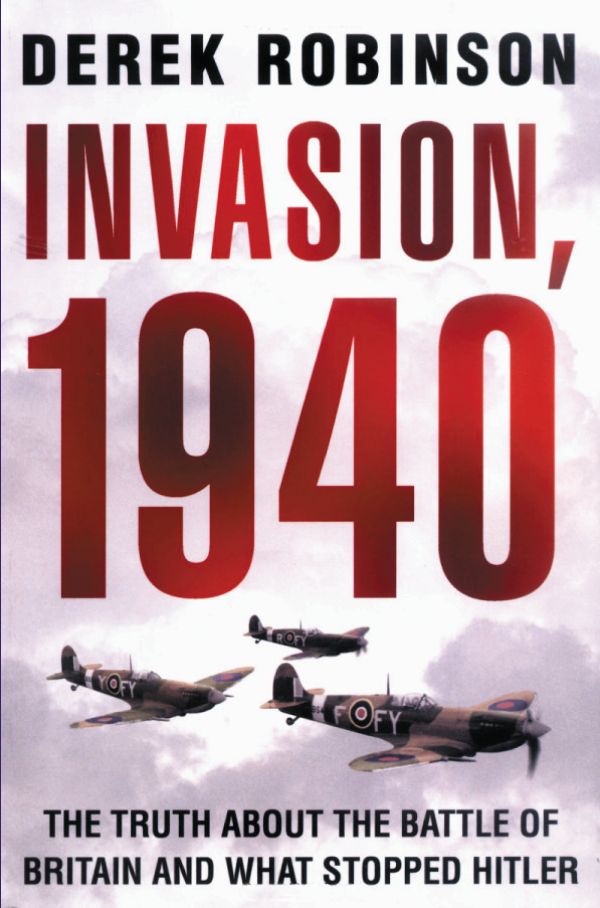 Invasion, 1940: The Truth About the Battle of Britain and What Stopped Hitler by Derek Robinson, Carroll & Graf, New York, 2005, 317 pp., photographs, index, bibliography, $26.00, hardcover.
Invasion, 1940: The Truth About the Battle of Britain and What Stopped Hitler by Derek Robinson, Carroll & Graf, New York, 2005, 317 pp., photographs, index, bibliography, $26.00, hardcover.
Operation Sealion was Hitler’s plan to invade and conquer Britain. The fact that it did not happen has, for over 60 years, been attributed to the group of “plucky” Royal Air Force fighter pilots—the few to whom, British Prime Minister Winston Churchill said, so many owed so much.
Derek Robinson has a slightly different take on the subject. In his thoroughly researched book, he has come up with what seems, after considering his evidence, a convincing argument for allowing another factor to share the credit—and it isn’t Luftwaffe chief Hermann Goering’s incompetence or the Luftwaffe’s inability to destroy the RAF.
While not giving away the ending here, let it be said that Robinson poses an interesting question: Why have historians always dovetailed the Battle of Britain with Operation Sealion? He asks, “Military experts say that the Battle of Britain prevented the invasion but they don’t exactly explain how. Why is it taken for granted that a battle in the skies could halt an assault from the sea?”
The skill and courage of the RAF pilots isn’t in question, says Robinson, but did the mighty Luftwaffe’s failure to destroy the much smaller RAF, plus Britain’s famously bad weather, really persuade Hitler to call off the invasion?
According to Robinson, historians have for too long concluded that, since the cancellation of Sealion followed the aerial battle, the Battle of Britain must have caused the cancellation. Invasion, 1940 challenges that long held assumption and reaches a startling, but completely logical, new conclusion.
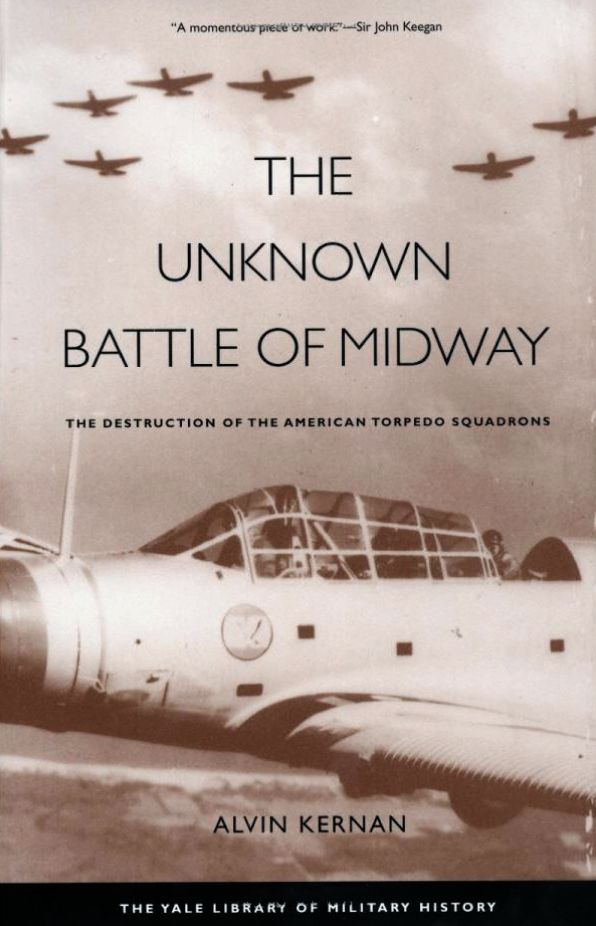 The Unknown Battle of Midway: The Destruction of the American Torpedo Squadrons by Alvin Kernan, Yale University Press, New Haven, CT, 2005, 181 pp., photographs, map, index, bibliography, $26.00, hardcover.
The Unknown Battle of Midway: The Destruction of the American Torpedo Squadrons by Alvin Kernan, Yale University Press, New Haven, CT, 2005, 181 pp., photographs, map, index, bibliography, $26.00, hardcover.
The Battle of Midway is considered by most historians as the turning point in the Pacific theater—and for good reason. Had the Japanese gained control of that tiny outpost, they would have used it as a stepping stone to Hawaii and then the U.S. West Coast. That they failed was due in large part to the courage and sacrifice of the U.S. Navy’s aviators.
A tragic, often overlooked aspect of the battle was the courageous sacrifice of four American torpedo squadrons. Of the 51 planes that lifted off to attack the Japanese carriers, only 7 returned; only 29 of the 126 crewmen survived. Not a single aerial torpedo hit its target.
Alvin Kernan, an emeritus professor from Princeton, is also a veteran of Torpedo Squadron 6 and served as a crewman aboard the aircraft carrier USS Enterprise during the Battle of Midway. His insights into the battle, the flawed planning, the operational mistakes, and the untold details of the fight and its aftermath lend poignant immediacy to his tale of honor above and beyond the call of duty.
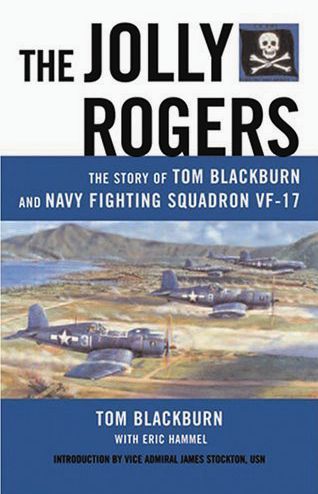 The Jolly Rogers: The Story of Tom Blackburn and Navy Fighting Squadron VF-17 by Tom Blackburn with Eric Hammel, Zenith Press, St. Paul, MN, 2006, 270 pp., photographs, maps, index, bibliography, $17.95, softcover.
The Jolly Rogers: The Story of Tom Blackburn and Navy Fighting Squadron VF-17 by Tom Blackburn with Eric Hammel, Zenith Press, St. Paul, MN, 2006, 270 pp., photographs, maps, index, bibliography, $17.95, softcover.
VF-17 was one of the U.S. Navy’s highest scoring fighter squadrons in World War II and U.S. Navy history. The Jolly Rogers, written by their legendary leader and ace Tom Blackburn and polished by well-known author/historian Eric Hammel, pulls no punches. It celebrates and romanticizes warfare, heroism, testosterone, and male bonding the way few books dare to do these days.
The story of VF-17 reads like a guts and glory screenplay for a 1940s morale boosting Hollywood film, yet it is all true. Blackburn, writing about his squadron’s first taste of aerial combat in their Corsairs, says, “I immediately sighted a good-sized formation…. I fired a short burst to alert the flight, bent on full combat power, took a heading to intercept, and tried to convey by sign language that we were going in on an attack. What a moment! First combat! The tension and concentration were almost corporeal. Thank God, I exulted, no buck fever.” The squadron splashed five Zekes that day, and would make a good size dent in Dai Nippon’s air force in the coming weeks.
From its commissioning in January 1943 to its disbanding in April 1944, the USS Bunker Hill based VF-17 went on to compile an outstanding record: 154 enemy warplanes shot down in only 76 days of combat. Blackburn himself had 11 aerial combat victories—a double ace.
James Stockdale, later a vice admiral, was a jet pilot aboard the carrier USS Midway which Blackburn commanded in the late 1950s, and has immortalized Blackburn in the introduction: “He was, to be sure, that great ship’s commanding officer, but to her four thousand officers and sailors, and particularly to her pilots, he was The Immediate Presence, the mentor, the guide—the man we all knew could do anything better than anybody aboard without half trying…. If ever a man was tailor-made to be an across-the-board role model and leader of men flying and fighting from ships at sea, it was Tommy Blackburn.”
Be warned: The Jolly Rogers takes the reader on an adrenaline filled ride from start to finish. Better be strapped in tight.
Short Bursts
The Day the Thunderbird Cried: Untold Stories of World War II by David L. Israel, Emek Press, Medford, OR, 2005, 308 pp., photographs, index, bibliography, $19.45, softcover.
In this fine anthology, author David Israel, a veteran of the 45th “Thunderbird” Infantry Division, brings to light a multitude of little-known wartime episodes. After discovering that the history of World War II was being distorted (and in some cases, especially regarding the Holocaust, denied) by universities and others with their own agendas, Israel, whose unit liberated the notorious Dachau concentration camp, set out to set the record straight.
Within the book’s 308 pages are the chilling, true tales of Dachau’s liberation; the incarceration of American GIs in the Nazi slave-labor camp at Berga; General George Patton’s failed attempt to liberate a POW camp that held his son-in-law; Japan’s attempts to start forest fires in the U.S. with incendiary balloons launched from Japan; the destruction of the 106th Infantry Division at the Battle of the Bulge; the massacre of French civilians at Oradour-sur-Glane and Russian Jews at Babi Yar; the valiant service of African-American troops, and much more. Although the events described are not in chronological order, the stories are sure to open the eyes and minds of those not well schooled in the history of WWII.
Hemingway on the China Front by Peter Moreira, Potomac Books, Washington, D.C., 2006, 256 pp., photographs, index, bibliography, $26.95, hardcover.
The adventurous, world famous novelist was also a world famous war correspondent (he rode into the Normandy beaches in an LCVP landing craft on D-Day). Less well known are his earlier exploits as a spy with his author wife, Martha Gellhorn, in China in 1941, while the couple was on their honeymoon! Asian expert Moreira’s well researched work is the first book to fully document the couple’s dangerous mission to report on Chiang Kai-shek’s Nationalist army’s efforts to resist Japan’s invasion and occupation. Riveting reading.
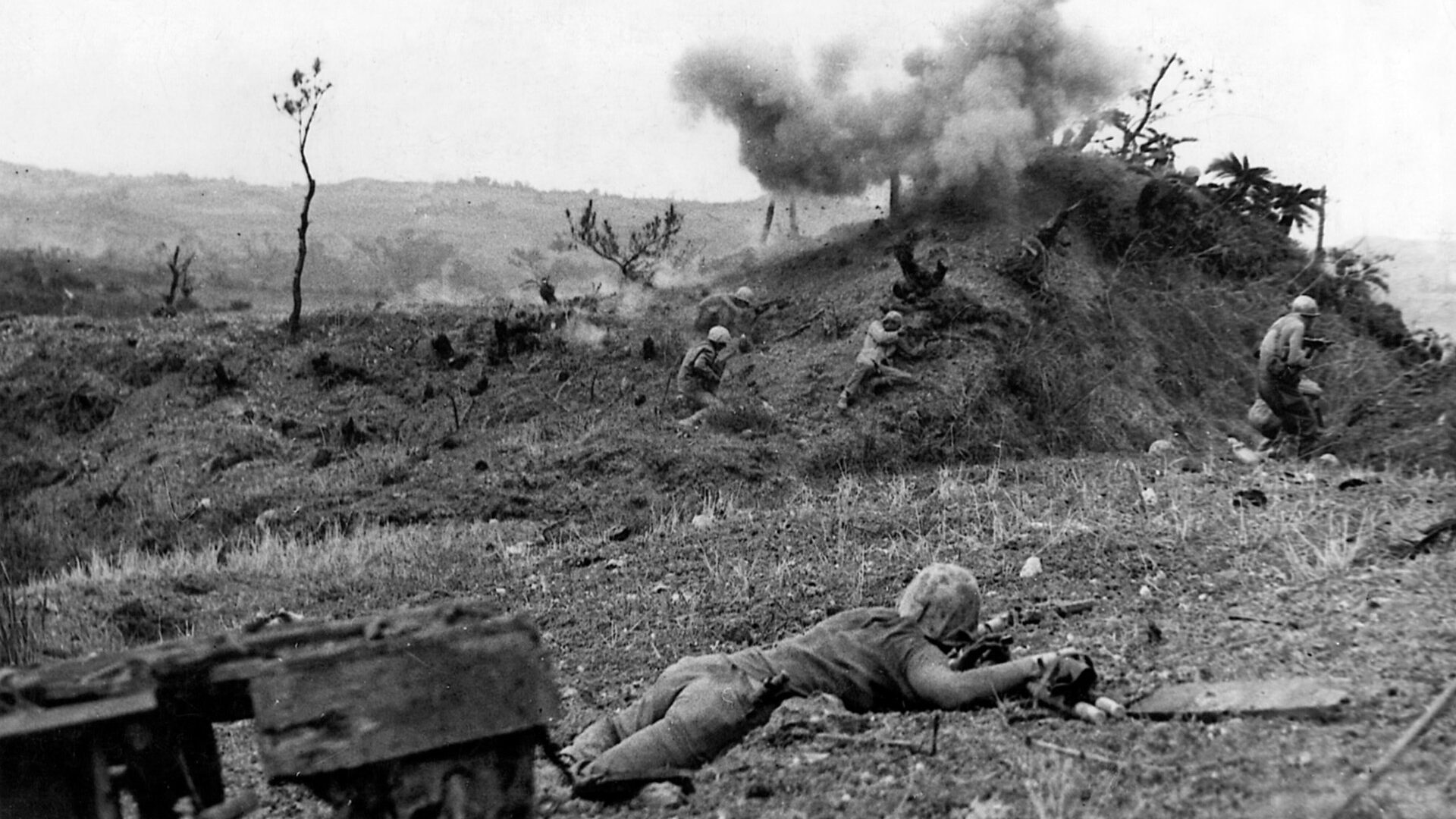

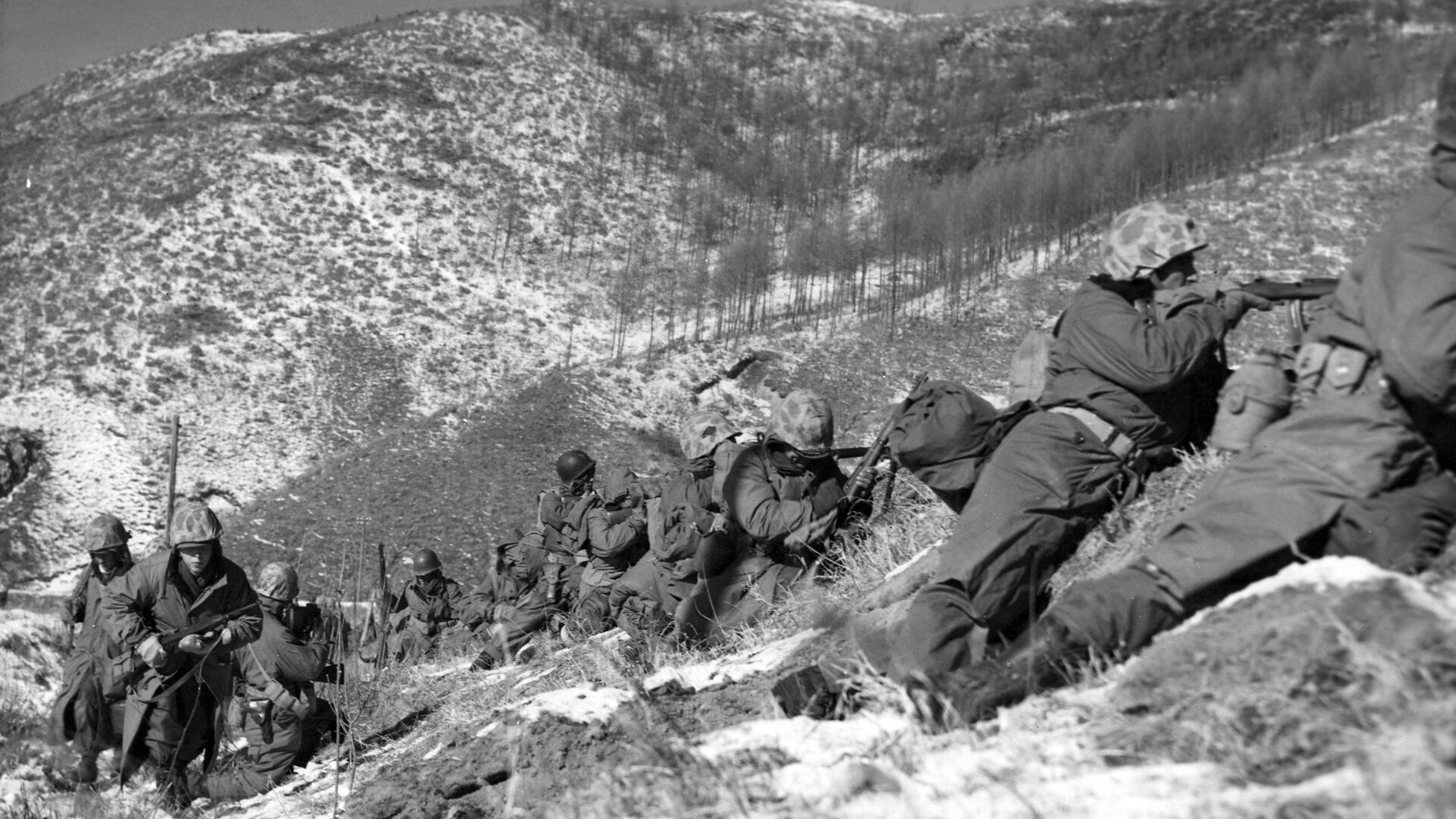
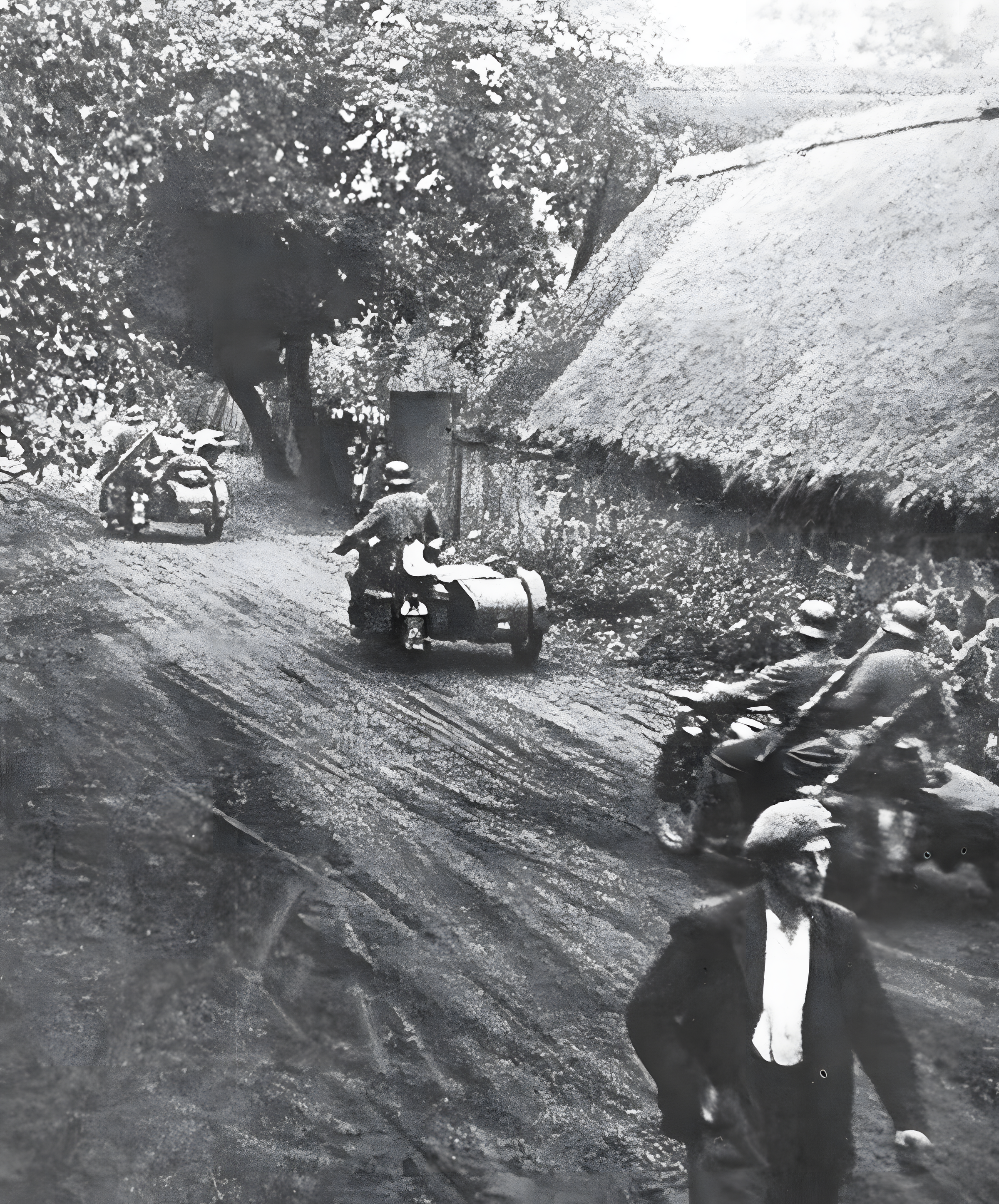
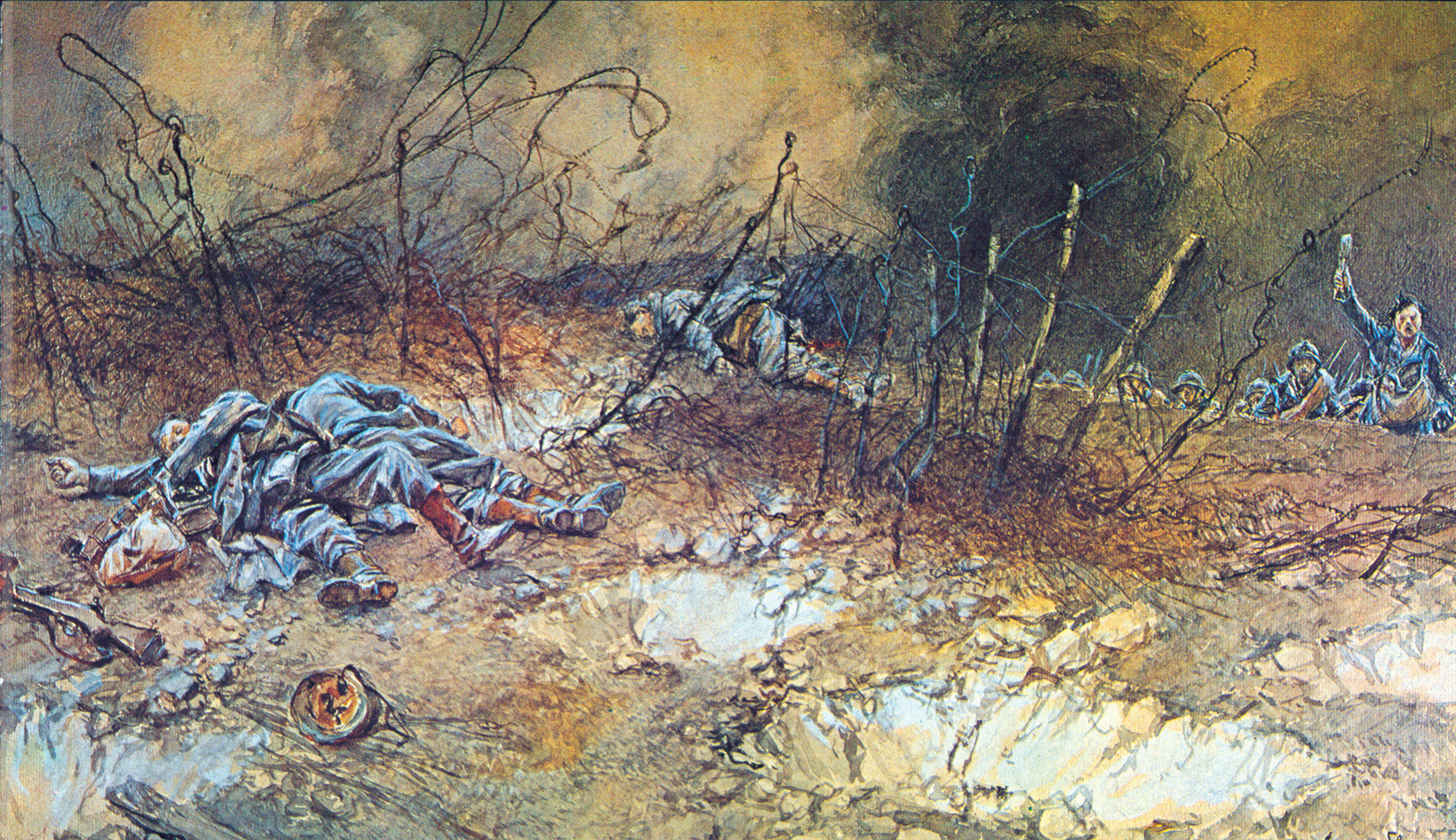
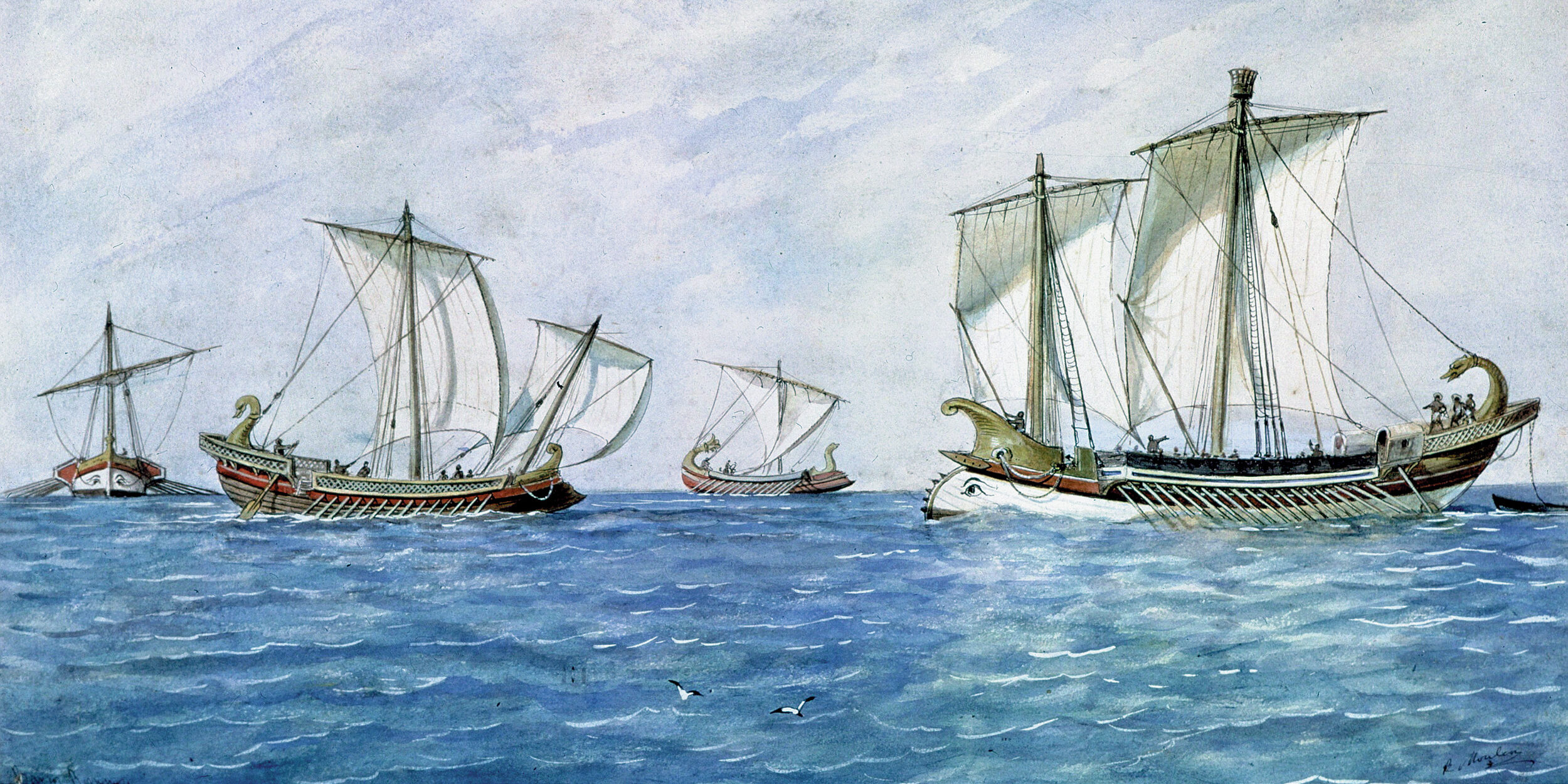
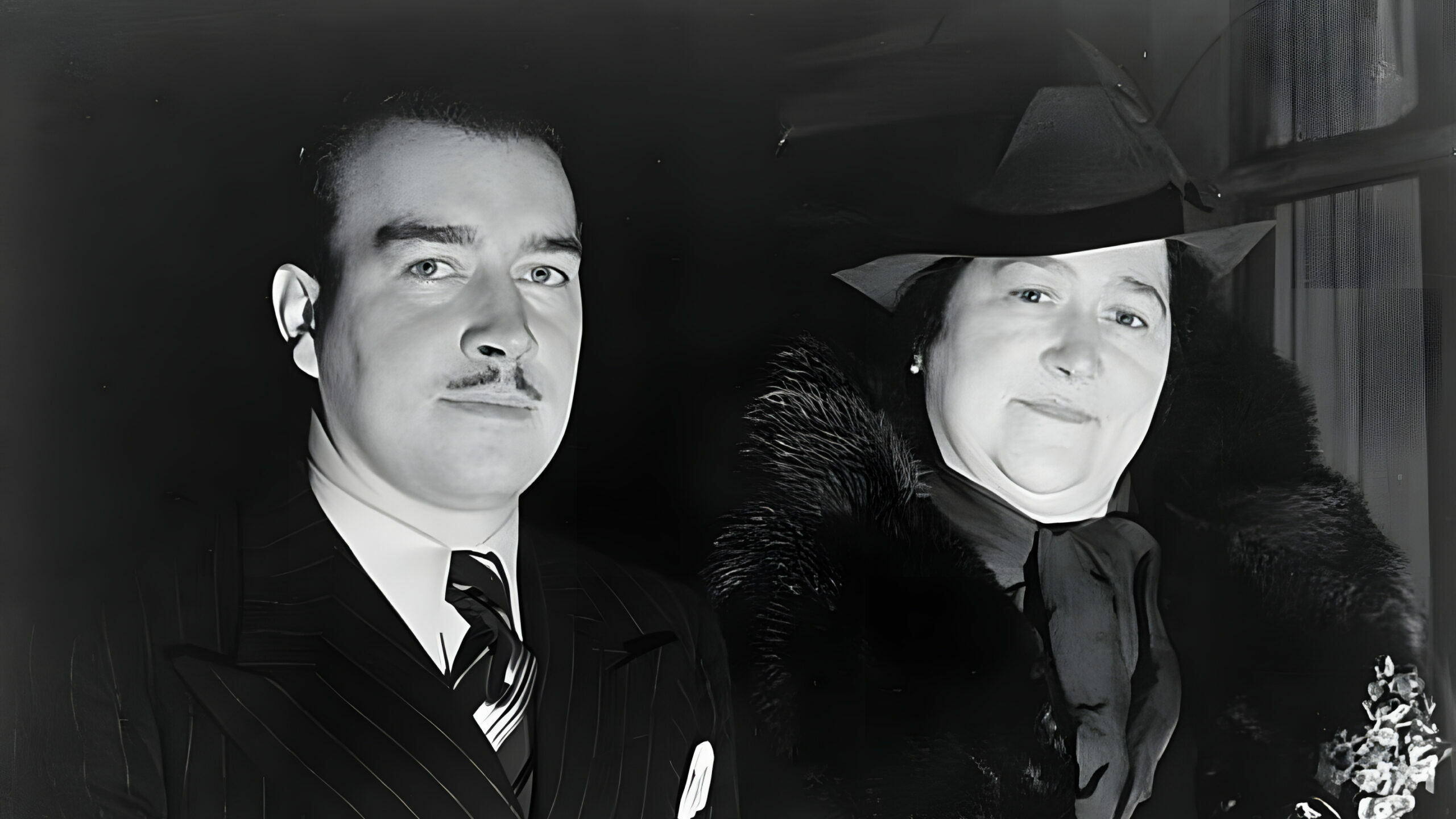
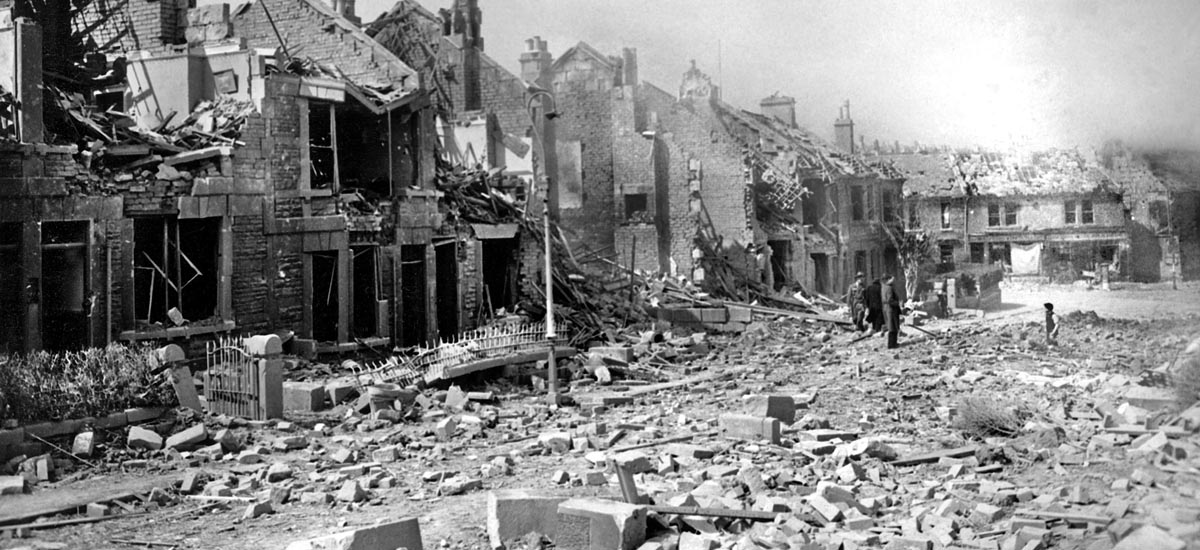
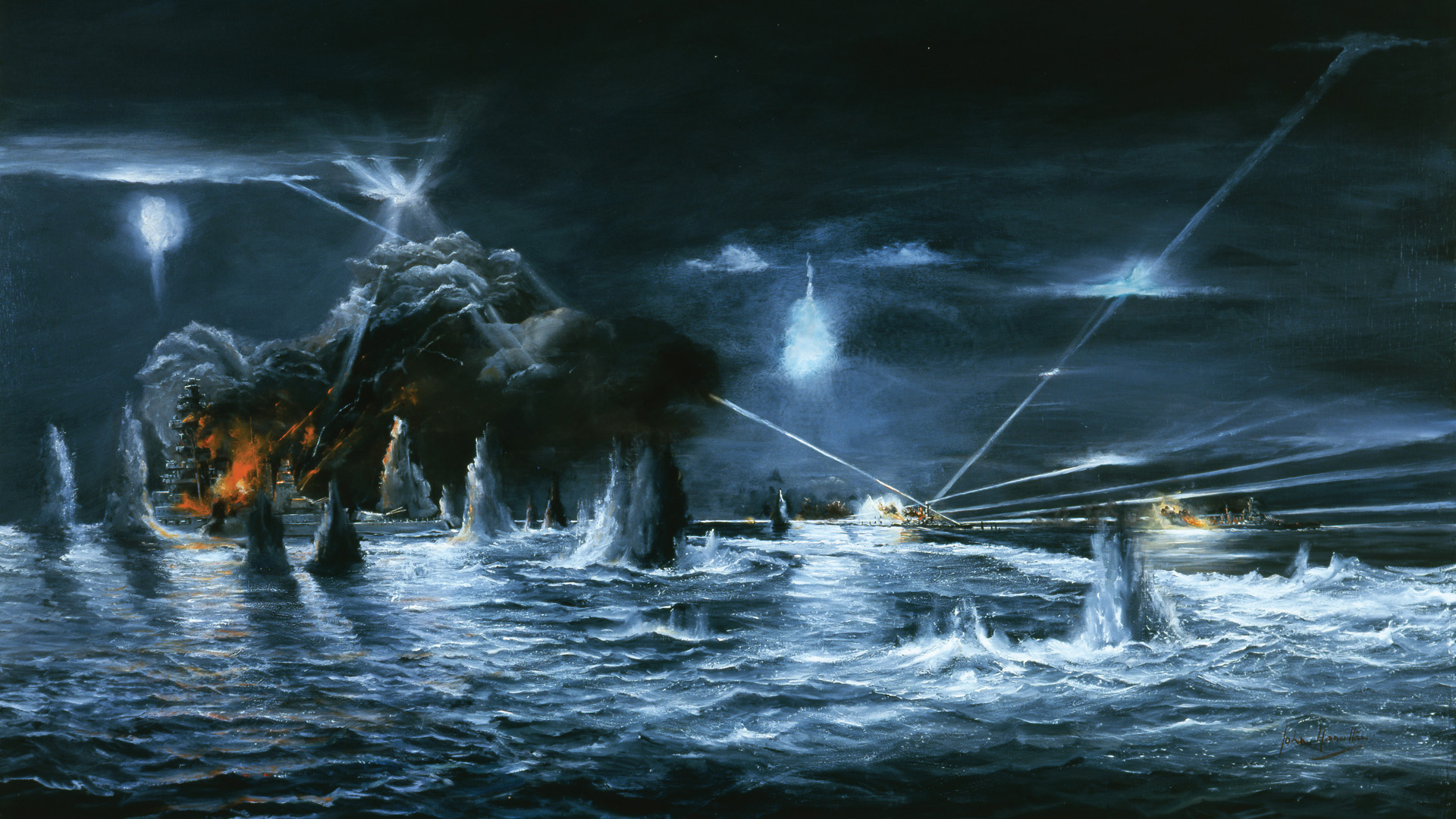
Join The Conversation
Comments
View All Comments